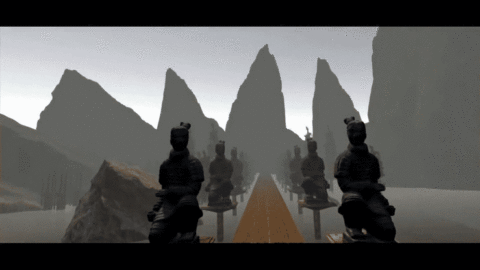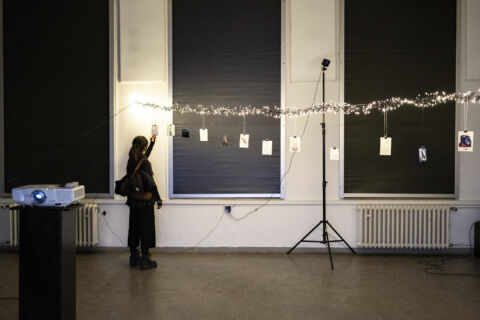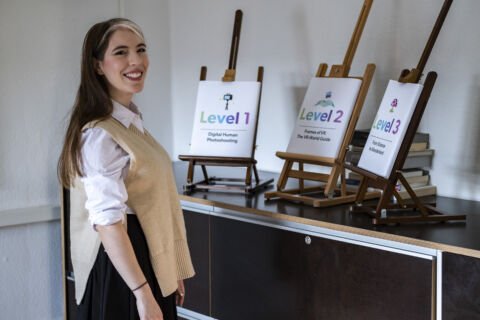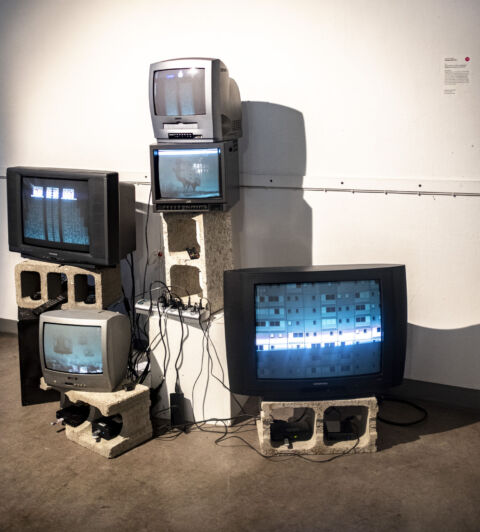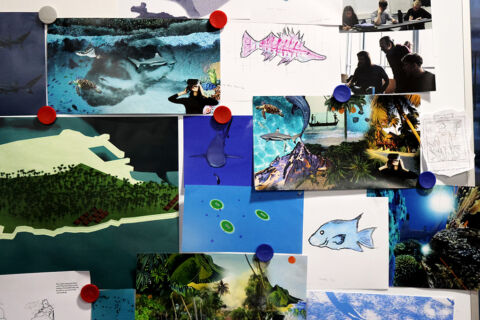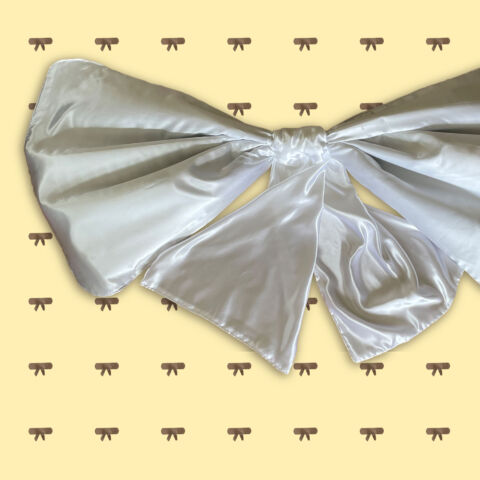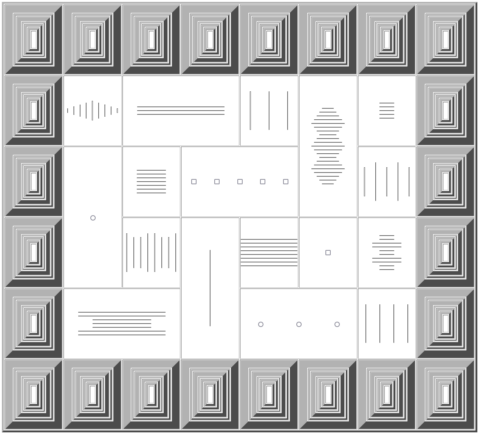Das gekoppelte Praxis-/Theorie-Projekt im Wintersemester 2019/20 befragt VR-Modelle als Weisen der Erzeugung fiktionaler Welten: Wie entsteht das Bild einer (künstlichen) Welt? Wer verlangt nach einem Weltbild (Heidegger)? Was macht eine künstliche Welt glaubwürdig und überzeugend? Wie trägt die Konstruktion der Darstellung bei zum „suspension of disbelief“ (Coleridge)? Warum liebt der/die User*in – Pygmalion (Ovids „Metamorphosen“), Scottie (Hitchcocks „Vertigo“) – ihre virtuelle Kreation?
Die Engführung von Elementen der Virtualisierung und der Augmentierung, etwa durch Verfahren der Fotogrammetrie, stellt Fragen nach Verhältnis bzw. Mischung von (magerer) „realer“ und (angereicherter) „künstlicher“ Welt und ihrer Wahrnehmung und Erfahrung.
